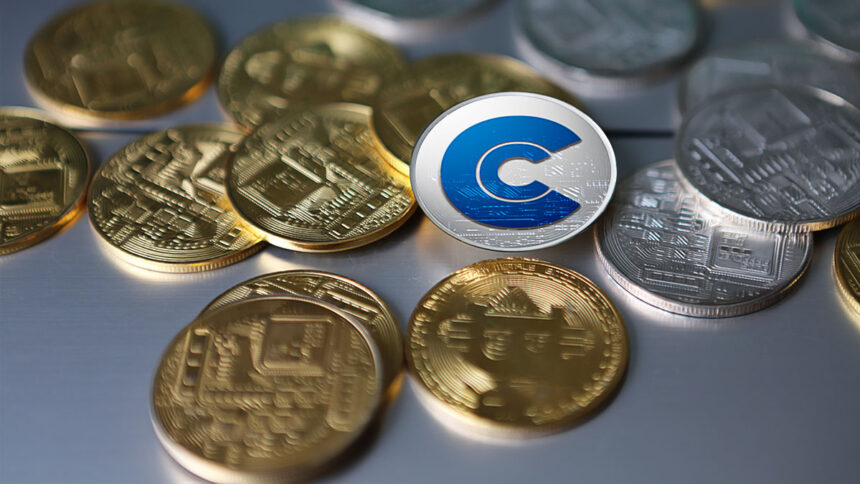A recent study by the Atlantic Council suggests that stablecoins may significantly influence the future adoption of the US dollar. The report reveals that the current stablecoin market, valued at $227 billion, is relatively minor when compared to larger financial spheres, such as the $6.22 trillion US capital market.
What is the Current State of Stablecoins?
Despite their current size, the stablecoin market is experiencing rapid growth, with projections indicating that continued double-digit growth rates could dramatically increase its value. Most stablecoins are tied to the US dollar, which indicates their potential to impact reserve currency markets as their transaction volumes rise.
Could Regulation Impact the Market Dynamics?
The report also observes a decline in the US dollar’s share of global currency reserves, dropping from 71% in 2001 to 54.8% today. This downward trend raises the possibility that stablecoin adoption might counteract the dollar’s decreasing influence.
The study also points to the importance of policy decisions in 2025, which could significantly affect both the stablecoin and dollar markets. As stablecoins gain traction, they may alter the global financial landscape, allowing for a coexistence of multiple currencies. Furthermore, the US government is racing to enact stablecoin regulations within the next 100 days.
- Stablecoin market currently at $227 billion.
- US dollar’s global reserve share has dropped from 71% to 54.8%.
- Policy decisions by 2025 could influence market dynamics.
- US legislators are expected to regulate stablecoins soon.
The findings underscore the necessity for ongoing scrutiny by regulatory bodies, as their decisions will likely reshape the global monetary system and its future balance.












